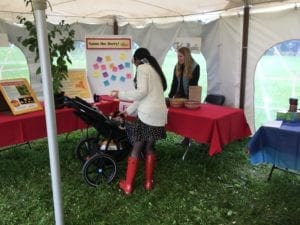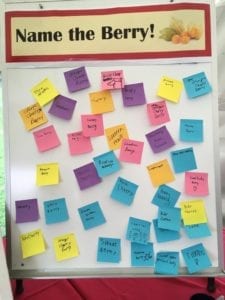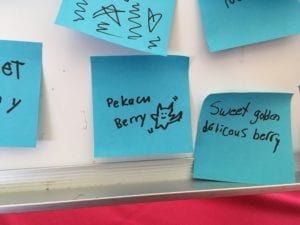Physalis Blog Post
Judy’s Day and Groundcherry Research
Judy’s Day
In memory of Judy Abrams, the Cornell Botanical Gardens puts together a family learning festival annually that celebrates learning and the natural world. This year’s theme was “Plants Have Families Too”, and what better representative of the Solanaceae family than Physalis! This year, the Groundcherry and Goldenberry Project took part in the festival, where we introduced groundcherries and goldenberries to hundreds of participants. For many, it was their first time encountering such a fruit, and many were eager for a taste. Tasters observed a variety of flavors, from mango to apple, once again confirming that Physalis has a taste so unique you just can’t put your finger on it!


Along with our fruit tasting we also encouraged participants to “Name the Berry”. Overall we received 46 name submissions from our creative-minded participants.
I’ve selected a few of my favorites to share with you:”Lantern Berry”, “Baby Cherry”, “Pekachu Berry”, “Present Berry”, “Sweet Golden Delicious Berry”.

Groundcherry Research in the News
Behind the scenes, the Van Eck group has been hard at work improving agronomic traits in groundcherries using gene-editing. Check out this article by CNN that details some aspects of the project and what the future of groundcherry could look like! Or, to read the full brief in Nature plants, click here.
Groundcherries, the latest modified fruit scientists want you to try
It can taste like pineapple but also like vanilla. It comes across as “tropical” but also has undertones of tomato. Researchers say its smell can be “intoxicating,” but you’ve probably never heard of it.


